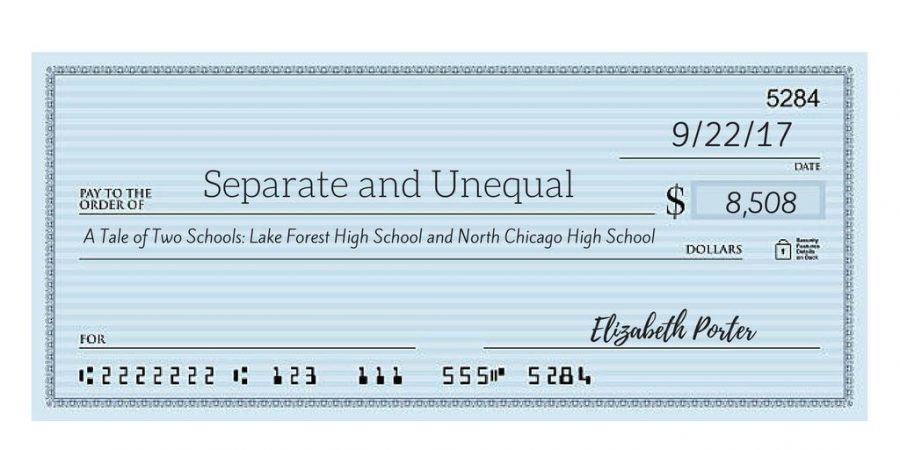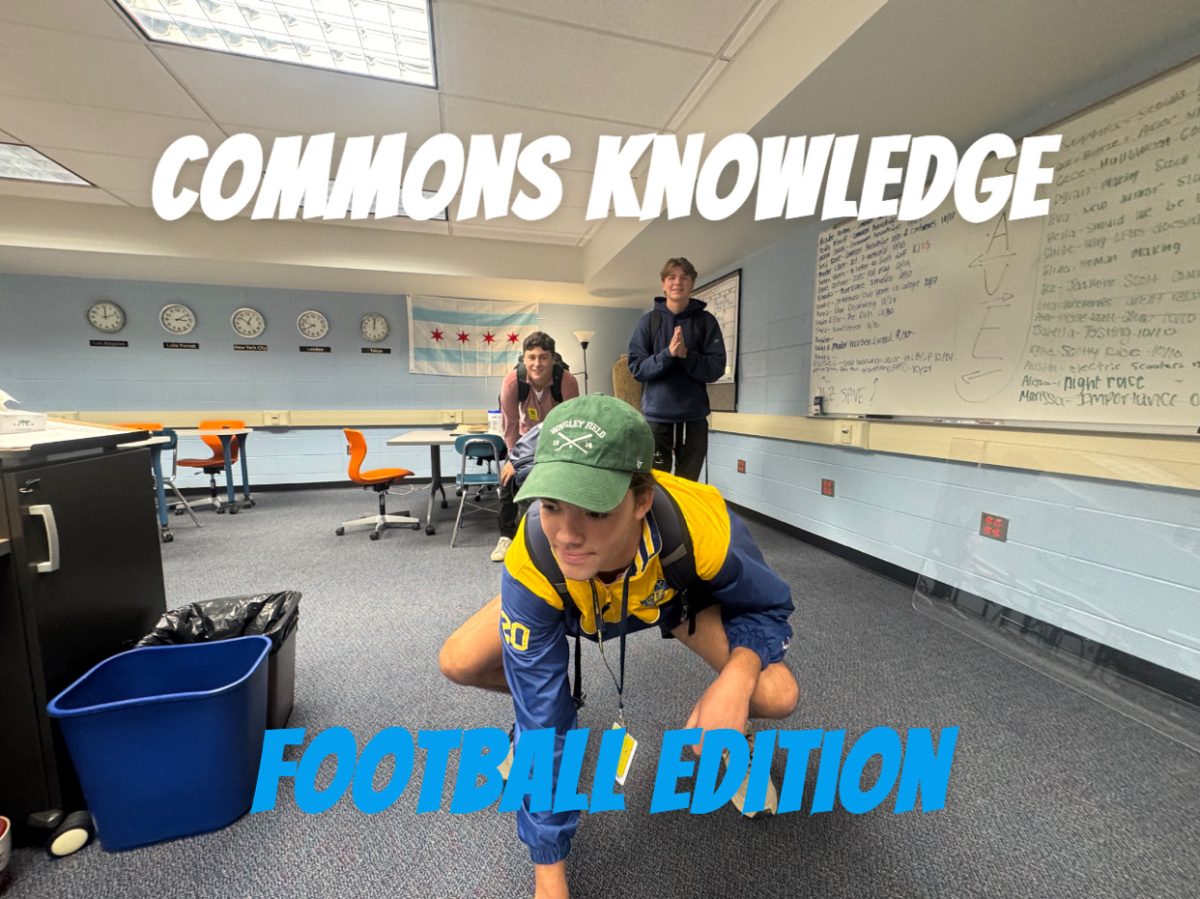This is the first of a series of articles by Elizabeth Porter regarding school funding in Illinois. All of the opinions expressed in this article are solely those of the author and do not necessarily represent The Forest Scout as a whole.
23,518 and 15,010.
Those are just numbers. They don’t have any meaning by themselves. That’s the problem with numbers, it’s hard to know their significance in the context of real, human lives.
Mary and Jennifer are both 17-year-old juniors in high school. They both live in suburbs of Chicago. They both have parents who love them. They are both excited to graduate high school and are working hard to get accepted to the college of their dreams.
Out of 100 students in Mary’s grade, three of them are low income. One of them is learning English as a second language. Their teacher’s average salary is around $100,000 and 95% of them return to Mary’s school year after year. None of Mary’s classmates are homeless. Six of them will move to or from another school before the year is over. Ninety-four of them will graduate within four years. Eighty-eight of them are deemed college ready.
Out of 100 students in Jennifer’s grade, 79 of them are low-income. Fifteen of them are learning English as a second language. Their teacher’s average salary is around $55,000 and only a little more than half of them will be back again next year. Three of Jennifer’s classmates are homeless. More than one-fourth of them will move in or out of her school before the year is over. Sixty-three of them will graduate within four years. Twelve of them are deemed college ready.
If you think segregation and racial inequality is over in America, think again. Of those 100 students from Mary’s school, 91 of them are white. One of them is black. Three of them are hispanic. And of those 100 students from Jennifer’s school, two of them are white. Forty-one of the are black. Fifty-five of them are hispanic.
High school kids are more than statistics. They are real people with real futures and real problems. They have no say in the family they were born into, the town they live in, or the school they attend. For some, the path to college is paved clear. For others, unimaginable obstacles stand in the way.
Mary and Jennifer are fictional but the schools they attend are not. Have you guessed? Fictional Mary attends Lake Forest High School while Jennifer attends North Chicago High School.
These statistics are based on nothing more than the 2015-2016 averages from a state database on public schools, The Illinois Report Card. Public schools in Illinois are plagued with stunning levels of inequality. What does it all boil down to? 23,518 and 15,010.
The annual operational spending per student for Lake Forest High School is $23,518, while at North Chicago High School, it is about 40% less, $15,010.
The federal government contributes relatively little to public school funding. According to the US Department of Education, 92% of elementary and high school funding across the country comes from the state and local governments. The disparity in funding comes primarily from the heavy reliance on local property taxes. For districts with high value homes and successful businesses, that funding is abundant. Even though residents of Lake Forest pay a lower percentage of their property value than North Chicago residents in taxes every year, their homes are worth far more on average, so Lake Forest High School has much more money to spend.
Consider a simplified example; if your home is worth $1,000,000 and your tax rate is 2%, your annual property tax payment will be $20,000. If your home is worth $100,000 and your tax rate is twice as high at 4%, your annual property tax payment is only $4,000. Since a majority of this money goes to funding local schools, on a large scale this creates a vast gap in revenue.
The state of Illinois does allocate more money to districts with lower local revenue. For example, almost 75% of North Chicago High School’s total funding comes from the state and federal governments. But that money is not enough to offset the immense disparity in local revenue.
This system creates a self-perpetuating cycle where low income families move to communities with low property values and affordable housing–communities they can afford to live in. Their property values are low, therefore their schools are underfunded. But their underfunded and underperforming schools further hurt property values. Their children’s schools don’t get the resources they need, so they have many more obstacles on the path to college. They end up with a much lower graduation rate and a lower chance of going to college which can impact them for the rest of their lives.
Lake Forest and North Chicago are just two close to home examples of a crisis occurring across the country. The state and federal governments are failing these kids. They are failing the next generation of American citizens and leaders. As a result, public education has become a chief agent of inequality in our country. I’m not saying there is a simple solution, but the current situation is horrifying.
In 1848, Horace Mann called public education, “the great equalizer of the conditions of men, the balance-wheel of the social machinery.” What would he say if saw us today?
Footnotes:
- All statistics are taken from the The Illinois Report Card, the official database for information about each of Illinois’s public schools.
- A student is deemed college ready if they receive a 21 or higher on any ACT test.




















John Davis • Sep 25, 2017 at 10:29 am
Does anyone remember when North Chicago school district through up its hand and claimed , “We can’t do it anymore” and wanted to dissolve the school district ?